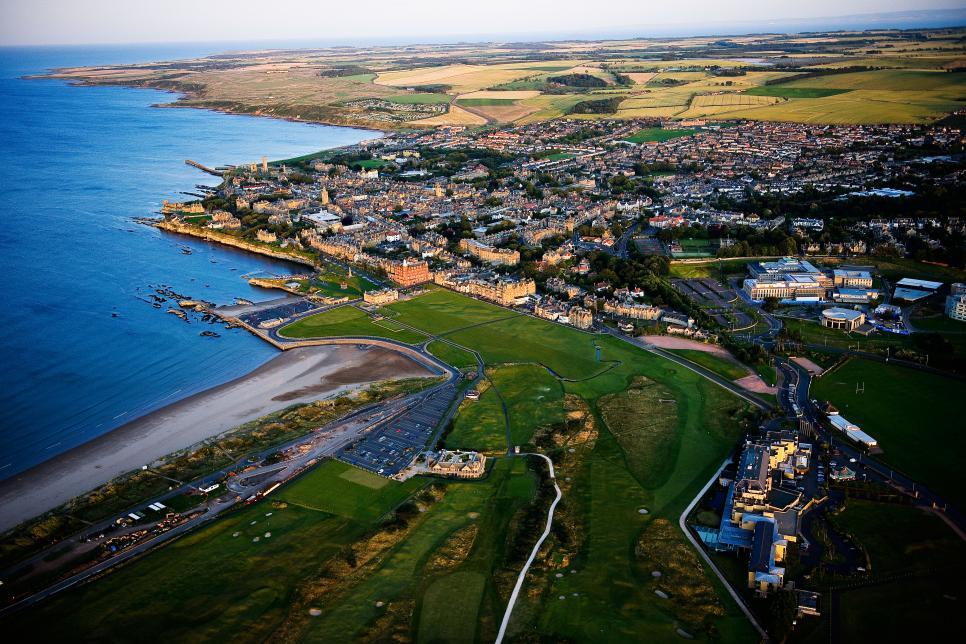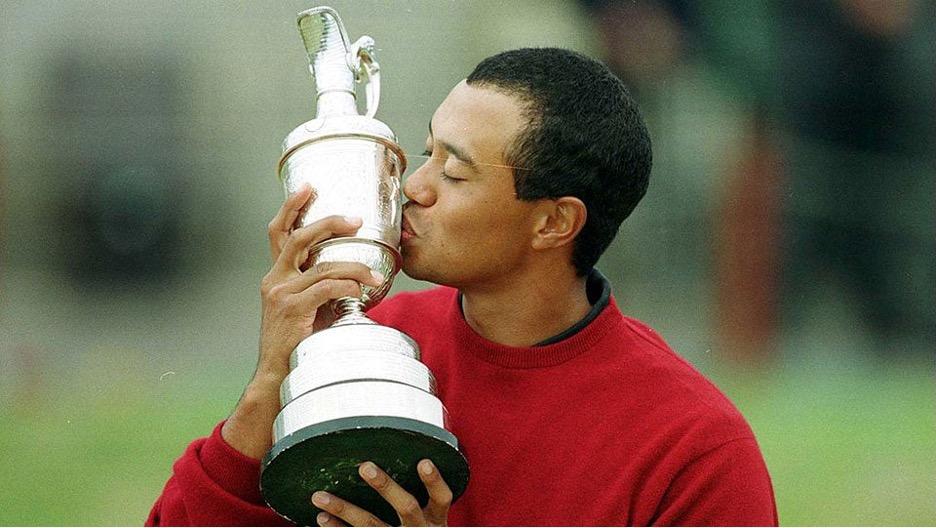On The Green, Issue 4
There are few, if any, professional sports with as long and storied a history as golf. And in a game that values legacy over just about anything, there is no other tournament with more prestige than The Open Championship. It’s links golf season, and The Open is back at the Home of Golf in St. Andrews, Scotland. How could we not devote the July issue to the oldest major championship in golf?
History aside, professional golf needs The Open Championship at St. Andrews right now. Just like it needed the US Open at The Country Club in June. As you probably know, the LIV Golf Series has created a major divide in the world of golf. Love it or hate it, it’s become clear that traditional professional golf and this league (or any future upstart league as deep-pocketed as LIV) must find a way to coexist. Without some sort of common ground, fans of the game are left floundering in a fractured golf world. We can all agree, that’s not good for the game.
Now more than ever, we need a reminder about what makes the game of golf so great. It’s not the huge pursues or even the trophies that make the game great. What makes golf great is the yin and yang of its simplicity and complexity. A club. A ball. A hole. Get the ball in the hole in fewer attempts than your competitors and you win. What better place than the Old Course at St. Andrews to remind us of this?
So, set your alarm clocks, brew a pot of coffee, and enjoy this preview of The Open Championship.
Fore please,
Ross Evans
OTG Creative Director
Photo Credit: Getty Images

From 22 to 18
Why are golf courses 18 holes? Funny you should ask. We have the members of St. Andrews to thank for that… the members of the 1700’s, that is. By that time, St. Andrews was already nearly 300 years old and had taken many forms throughout its life. At one point in the 1400s golf was actually banned by James II…thankfully, King James IV was a fan of the game and lifted the ban in the 1500s. But fast forward to 1764 and St. Andrews course had 22 golf holes and a round of golf consisted of playing each hole out and in. Due to the layout and the popularity of the game there were a number of bottlenecks on the course and members were unhappy with the pace of play. To fix the problem, St. Andrews members eliminated a number of shorter holes, trimming the course from 22 holes to 18 holes. And this is why tournament golf is still played on 18 holes today.
Looking for more St. Andrews Facts? Check out the homepage for the Home of Golf here.
Photo Credit: Golf Digest

The Last Line of Defense
Contrary to just about every other major championship venue, the Old Course at St. Andrews has, for the most part, remained the same length for the last century. Sure, it’s been lengthened a bit in that time, but only by a few hundred yards. The course today measures just over 7,200 yards but plays significantly shorter thanks to the firm and fast conditions typically seen in July. Short by modern standards, St. Andrews’ only defense is the weather. In 2015, the last time The Open was held at the Old Course, the weather was a key factor as play was suspended multiple times, including just 30 minutes into Saturday’s round due to wind gusts exceeding 40 mph.
If you’re betting on The Open (no judgement here) the weather could be the biggest factor to consider. If wind and/or rain are present, conditions will be difficult and will favor a low spin, low ball hitter. If the wind is down and conditions are mild, expect long hitters to dismantle the course and go low.
Follow the evolving weather conditions in St. Andrews here.
Photo Credit: The Open Championship

St. Andrews' Double Greens
With a course as steeped in history and legacy as the Old Course at St. Andrews, it can be easy to overlook the course’s architectural features. Renowned architect CB Macdonald derived three of his famed template holes from the Old Course: The Road Hole (17 at the Old Course), Long (14 at the Old Course), and Eden (11 at the Old Course). These holes would inspire designs at courses throughout the world, including at Macdonald’s National Golf Links of America in Southhampton, NY.
An architectural feature often overlooked at the Old Course are the double greens (a single green that includes two holes). Owing to the course’s original routing as an out and back course where players played the same fairways and greens going out as they did coming back, there are a remarkable seven double greens at St. Andrews’ Old Course. This feature is often missed on TV coverage. Why? St. Andrews’ also has some of the largest greens in major championship history, with an average size of more than 22,000 square feet (nearly four times the size of the greens at Augusta National).
Want to learn more about the Old Course’s architecture? Tap in and listen to this recent Fried Egg Podcast devoted to all things St. Andrews.
Photo Credit: Getty Images

Reliving Tiger's 2000 Open Championship
St. Andrews has hosted The Open Championship 29 times and each has seemingly delivered historic moments, none more so than the 2000 Open Championship. Tiger Woods came into the tournament having won five times already in the season, including a resounding victory at the US Open at Pebble Beach less than a month before. Tiger put on a masterclass at St. Andrews, recording four rounds in the 60’s and setting a tournament record score in relation to par which at the time was also the lowest score recorded in any major. Remarkably he avoided hitting into a single bunker the entire tournament… missing all 112 of St. Andrews’ bunkers! His 8-shot victory over Ernie Els and Thomas Bjorn was the largest margin of victory at the Open Championship since 1900.
This year, Tiger Woods returns to St. Andrews, perhaps for the final time as a competitor. To prepare yourself, relive Tiger’s 2000 Open Championship victory here.
Photo Credit: Golf Magazine

